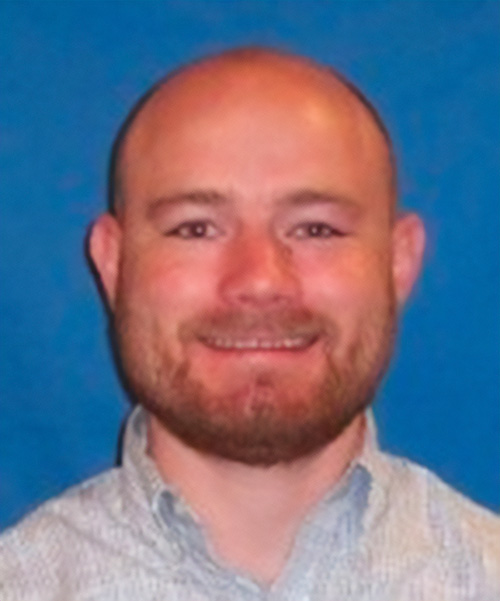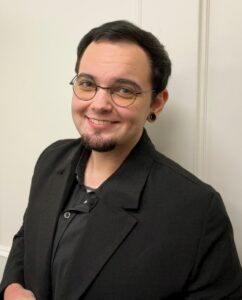New Product Engineer
Parker Hannifin

I’m currently a new product development engineer working for Parker Hannifin – Tube Fittings Division. I love my job because I get to come up with new ideas and see them turn into reality! We talk to customers to learn about any issues they’re having, and then we brainstorm about ways we can help them. I then take some of those ideas and model them in three dimensional computer-aided design (3D CAD) software. Next I create “prototypes” using 3D-printing and/or machining so that we can try the designs out. The prototypes help bring our ideas to life. I also get to perform destructive tests on the parts – we literally blow them up! By testing them to their maximum pressure and beyond, I find out if the design is going to work for what the customer needs. Then, I either rework the design or approve it for production, which means working with our manufacturing teams to create the parts in order to sell to the customers.
What is your educational background and what prompted you to go this direction .
MS in Engineering Management, Ohio University
BS in Mechanical Engineering, Ohio State University
I’ve always enjoyed building things, such as models and Legos and K’nex as a child. Math was a strength and I enjoyed the sciences, so when I entered Ohio State I started out doing pre-med. However, my favorite subject in high school had been Physics, so I also took an Intro to Engineering course to see if I liked that field better. After a year, I decided I enjoyed engineering more and gave up the pre-med route. I love learning how things work and finding ways to improve them, which is basically what you do as an engineer.
What have you struggled with or overcome in your educational or life path to your current job?
Early on, I struggled with knowing what career I even wanted to pursue. I knew I was good at math and enjoyed some science classes, but what did that mean for what degree and career to pursue? I fumbled around a bit my first year or two of college, bouncing between multiple science degrees and career paths until I landed on mechanical engineering. I wish I had talked to career / guidance counselors while in high school that might have helped me narrow my focus by finding out what sort of things I enjoyed (and what sort of careers would be financially worth pursuing).
What is the best part of your job/research?
I love problem solving. I get to talk to customers to find out what problems they have that I might solve for them and then brainstorm how to do that. I get to take those ideas and turn them into real-world products and solutions.
What is the worst part?
There is a lot of “busy work” involved in any project, like creating detailed drawings, filling out reports, and making presentations – that’s probably the most boring part of my job.
What’s the most exciting part of your job?
3D-printing prototypes and testing prototypes are both very exciting because you get to see your idea come to life and also see how well it does.
What’s the most exciting work/research related thing that has happened to you?
I’ve been able to file multiple patents for my ideas. A patent is a document issued by the federal government stating that the idea is mine and only I can make, use or sell the idea for a certain time period. Patents are exciting because they are published world-wide and they say “I came up with a new idea that no one else has thought of before!”
What has changed about your profession in the past ten years?
Cultural change: Many companies have historically had a culture that expects engineers to work lots of overtime. I believe that more and more companies are starting to realize the benefits of their employees having healthy work-life balances where both their private life and career can thrive.
Technology change: 3D printing (or additive manufacturing) makes it so much easier to innovate because you can print your idea and hold it in your hand the same day you thought of it! This makes ideas evolve much faster.
What do you think will change in the next ten?
I can see additive manufacturing becoming more and more of the standard, both in prototyping as well as in manufacturing.







